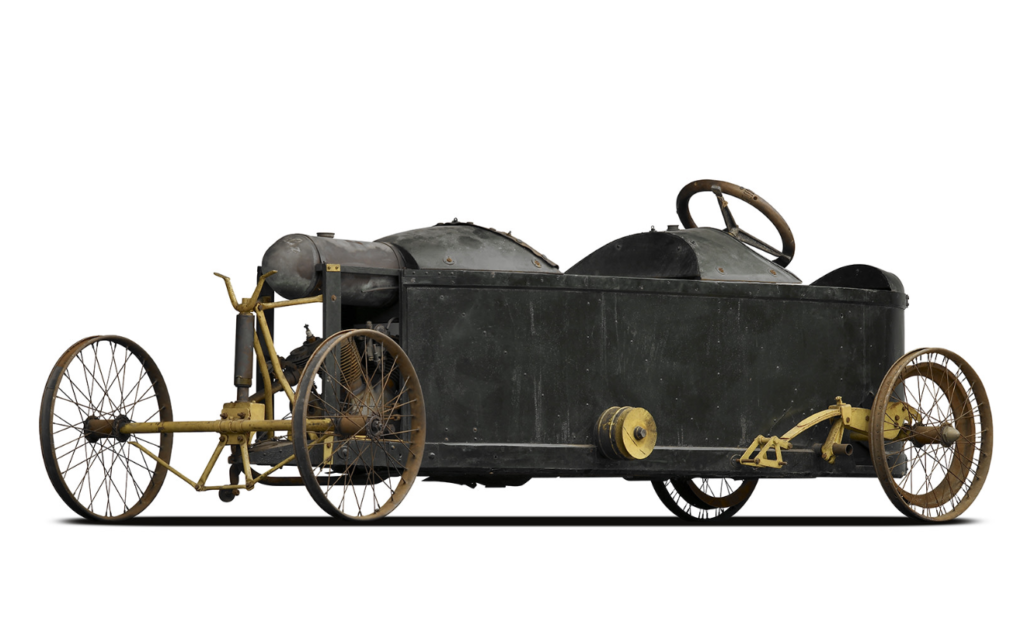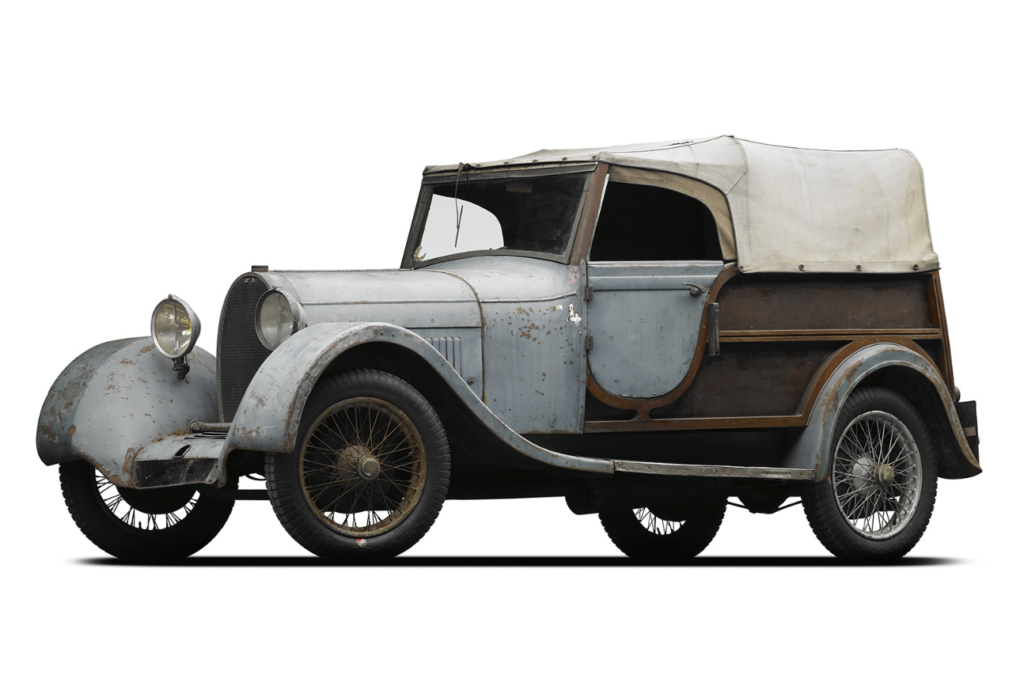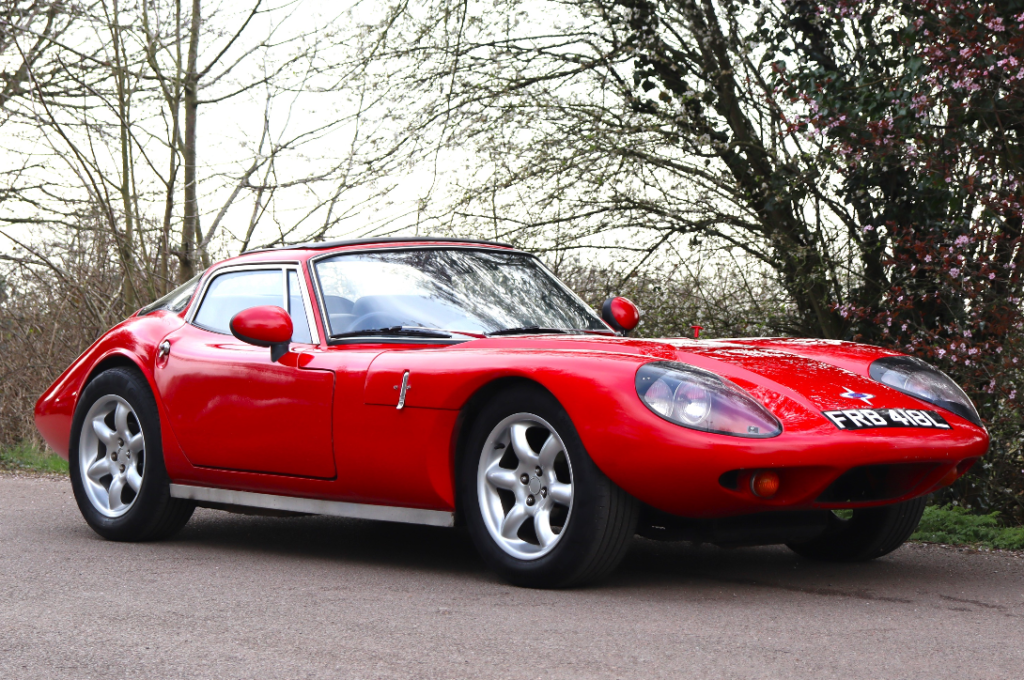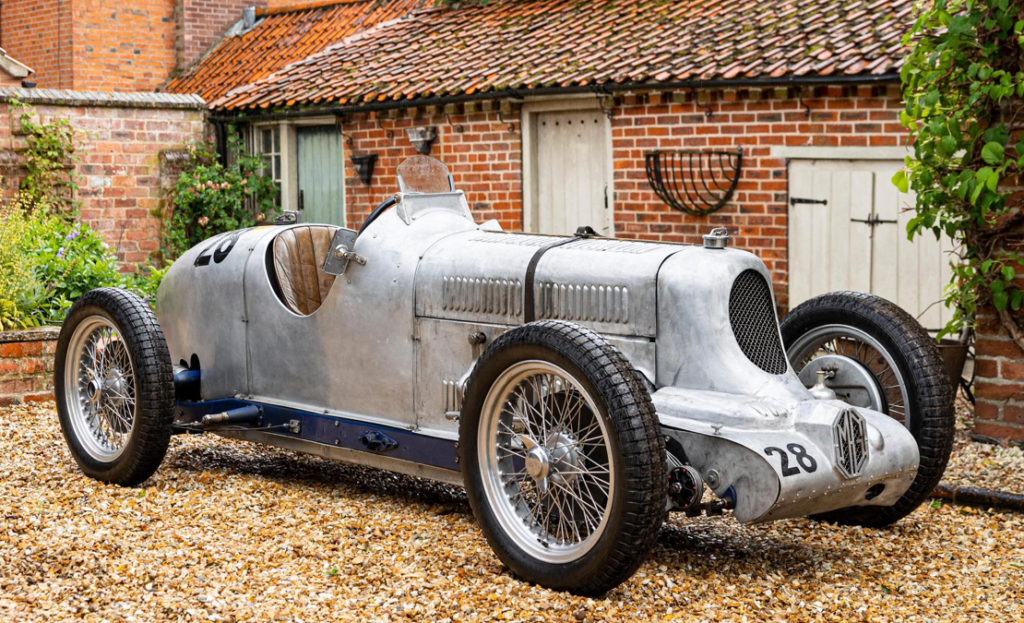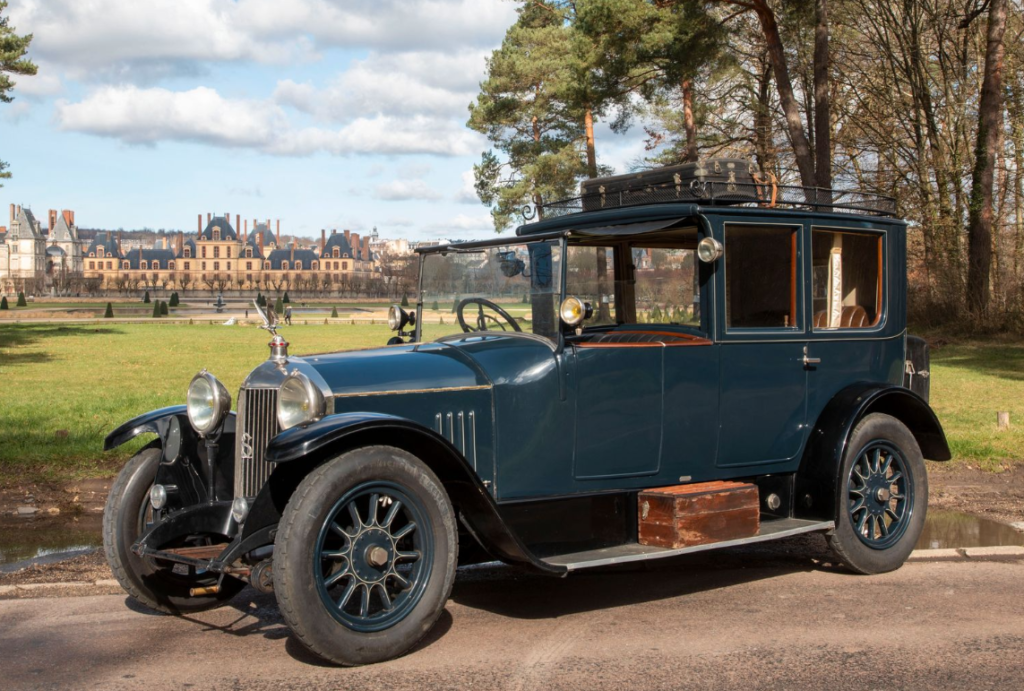1938 Voisin C30 Cabriolet by Dubos
Offered by Gooding & Company | April 2024
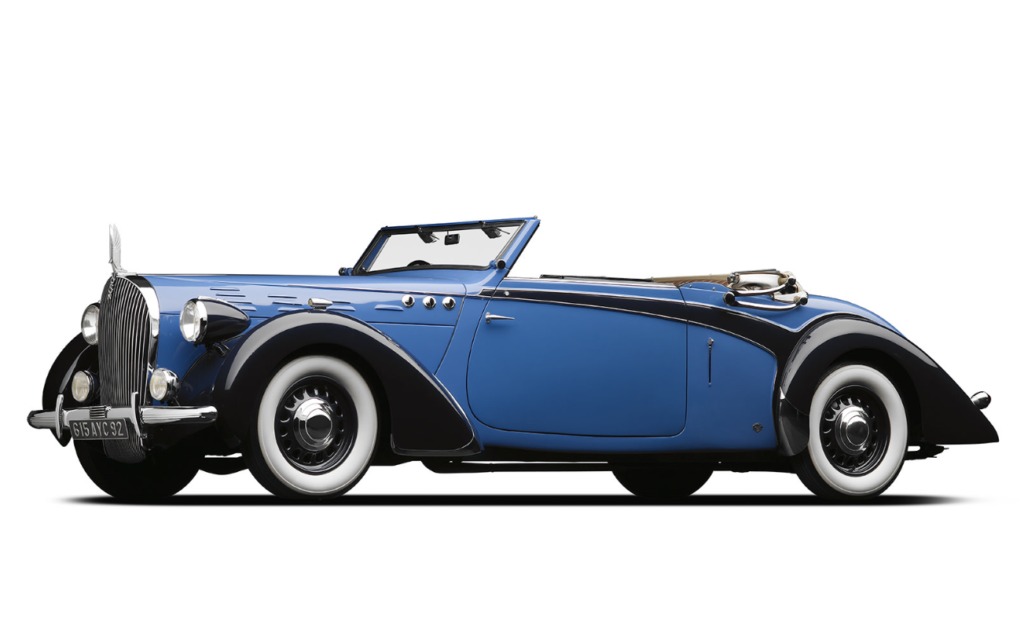
The C30 was the final Voisin road car. Sure, there was a post-war prototype, but this was the last real model from the company. Coupes and convertibles were offered, but only about 30 chassis were completed in total. The Mullin museum had a copy of each.
This one has cabriolet coachwork by Dubos. Earlier Voisins utilized Knight sleeve-valve engines, but by this late in the game, Voisin had switched to a more modern powerplant (but still American): a supercharged 3.5-liter Graham-Paige inline-six (interestingly, Gooding described the last C30 as have a 3.6-liter engine).
This car entered the museum in 2008 and has been on display since, so it’ll need some work if you want to use it. The estimate is $150,000-$250,000. More info can be found here.

